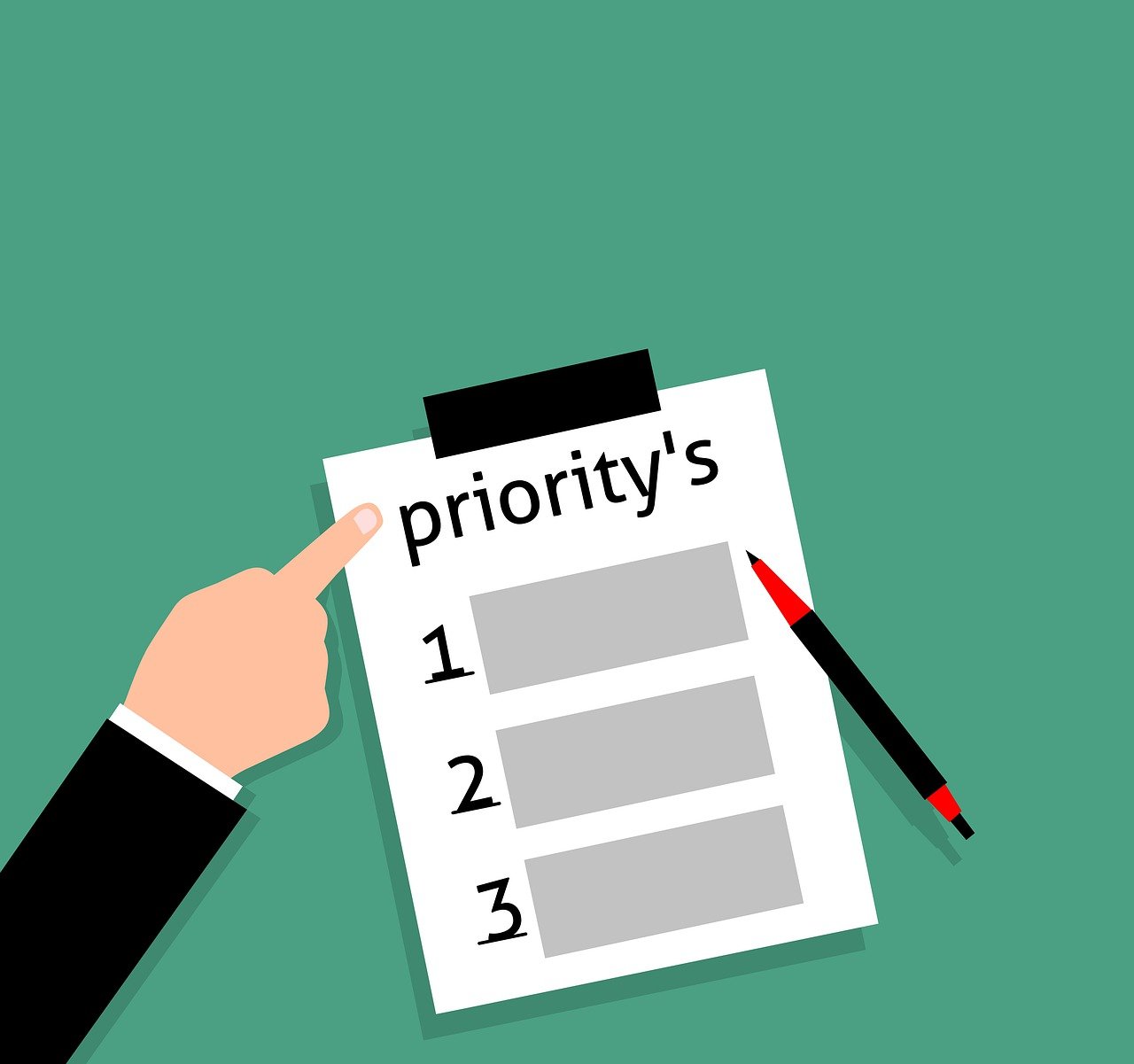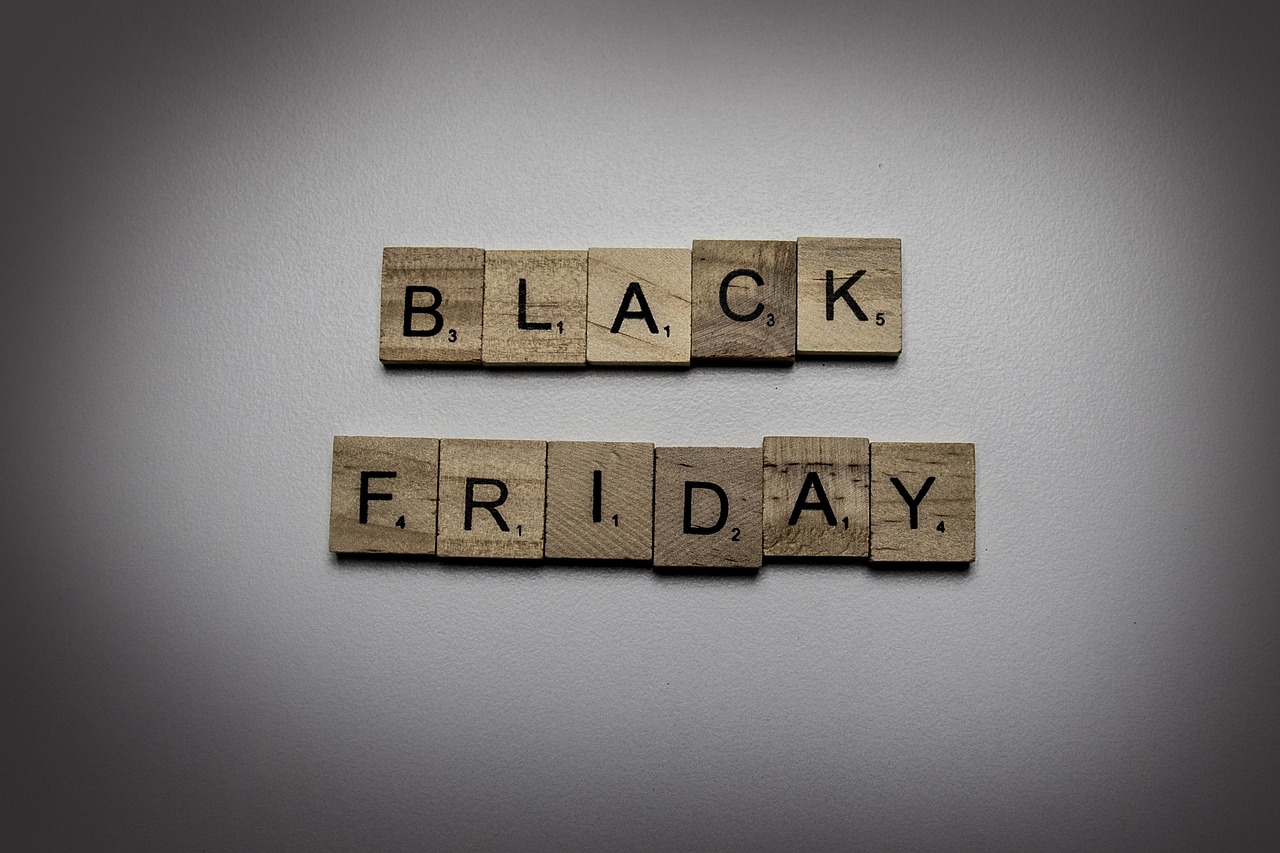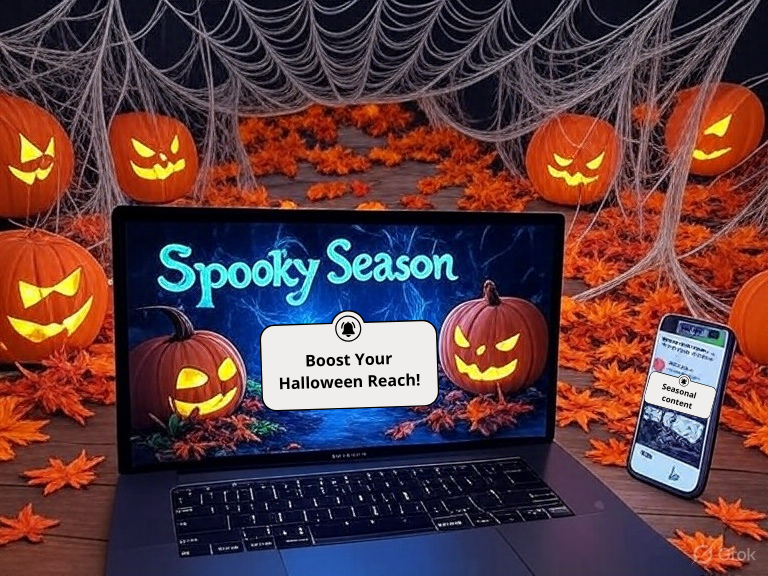5 minutes read
October 22, 2025
How News Sites Can Use Web Push Notifications During Breaking Events
When breaking news hits, timing is everything. In a world where social media feeds refresh every second and attention spans are short, web push notifications offer news publishers a direct, instant way to reach readers — even when they’re not on the website. For news sites and media outlets, push notifications can transform how breaking events are delivered and consumed. Used wisely, they don’t just drive traffic — they strengthen credibility, reader trust, and loyalty.


The Role of WebPush Notifications in Real-Time News
Web push notifications are built for immediacy. They’re designed to deliver short, clear updates that reach readers instantly across devices.
During breaking news, this immediacy becomes crucial. While social platforms rely on algorithms that can delay or limit visibility, push notifications cut through that noise. They appear directly on the reader’s screen — ensuring that your newsroom’s story is among the first they see.
For publishers, this means the power to control distribution in real time without depending on external platforms.
Building a Smart Breaking News Strategy
Not every story deserves a breaking news push. Readers value relevance, and excessive notifications can lead to fatigue or unsubscriptions. That’s why the best publishers create a tiered push strategy for major events.
Here’s how it can look:
- Tier 1: Critical, confirmed updates (e.g., natural disasters, major political events, global announcements).
- Tier 2: Important developments or follow-ups that add context.
- Tier 3: Deep-dive articles or opinion pieces once the story stabilizes.
By differentiating between urgency levels, you can provide timely information while maintaining reader trust.

Speed Meets Accuracy: A Balancing Act
The biggest challenge in breaking news is balancing speed and accuracy. A notification sent too quickly — without proper verification — can damage credibility. But waiting too long can mean losing your audience to competitors.
Here’s a simple approach:
- Confirm first, then push. Always ensure facts are verified, even if that delays your notification by a few minutes.
- Use updates to build context. If the story is evolving, send short follow-ups like “Update: Officials confirm…” instead of rushing unverified details.
- Edit headlines for clarity. Push notifications should summarize the key fact without exaggeration or ambiguity.
Accuracy strengthens authority — and readers remember the outlets that get it right, not just fast.
Segmentation: Delivering the Right Breaking News to the Right Audience
Not every breaking event is globally relevant. A local protest might be essential for readers in Chile but less so for those in Spain. That’s where audience segmentation makes a difference.
Publishers can segment push notifications by country, region, age, gender or device type, ensuring each alert goes only to readers who will care about it most.
For example, a local newspaper in Mexico might use Outpush or similar platforms to send notifications about regional news only to users within that country, while international stories can be broadcast more broadly.
This not only improves engagement but also reduces unsubscribes — readers receive alerts that truly matter to them.
Example: A Newsroom in Action
Imagine a digital news outlet covering an unexpected earthquake. Within minutes:
- The editorial team publishes a short, verified update.
- A Tier 1 push notification goes out:
“🚨 Earthquake reported near Santiago. Early details from local authorities.” - As more information emerges, Tier 2 updates follow:
“Update: No major damage reported, aftershocks expected.” - Later that day, Tier 3 notifications link to in-depth coverage:
“Inside the response: How rescue teams are working through the night.”
Each notification keeps readers informed, builds trust, and drives repeated visits — all without overloading their devices or inboxes.
Web Push Notifications vs. Social Media During Breaking Events
Social media is fast — but it’s also chaotic. Algorithms decide who sees what, misinformation spreads quickly, and official updates can get buried.
Push notifications, by contrast, offer direct control and guaranteed visibility. Publishers decide when and how to alert readers, without battling platform bias or timeline clutter.
They’re also less vulnerable to misinformation, since notifications come from verified sources that readers already trust. For news outlets aiming to re-establish themselves as primary sources of truth, that control is invaluable.

Best Practices for Breaking News Pushes
- Keep messages concise: Use 10–12 words to summarize the key fact clearly.
- Avoid clickbait: Don’t tease — tell. Readers trust transparency during breaking events.
- Use emojis wisely: A 🚨 or ⚡ can emphasize urgency but shouldn’t appear in every alert.
- Localize where possible: Reference cities, countries, or time zones for added relevance.
- Follow up: Use additional notifications to clarify or expand once the situation stabilizes.
When done well, push notifications turn fleeting moments into lasting engagement.
Why Web Push Notifications Build Long-Term Loyalty
Readers who opt in to push notifications are giving you permission to interrupt their day — a valuable privilege. When breaking news is handled responsibly, readers come to rely on your outlet for real-time, reliable information.
Over time, this fosters a deeper relationship that goes beyond page views. It builds a community of trust, where readers don’t just consume content — they depend on it.
Conclusion
Breaking news is a test of speed, credibility, and communication. Web push notifications give publishers the power to respond instantly — but also responsibly.
By combining timely alerts, audience segmentation, and journalistic integrity, news sites can strengthen their position as reliable, real-time sources in a world where information moves faster than ever.


.png)



